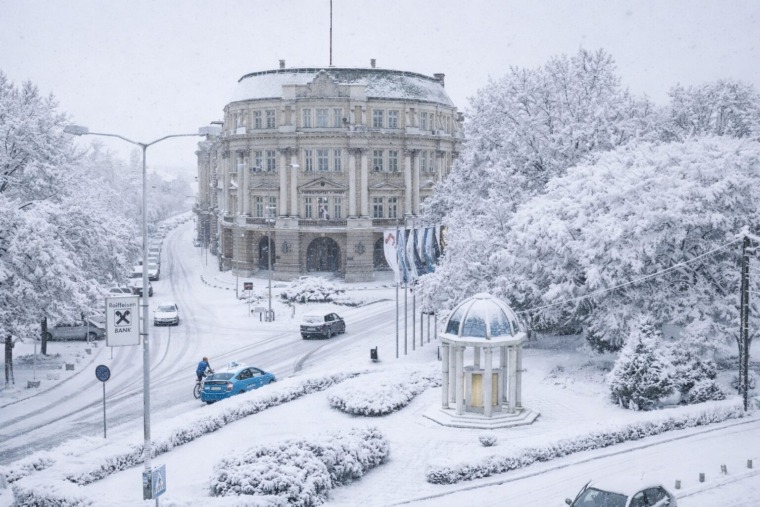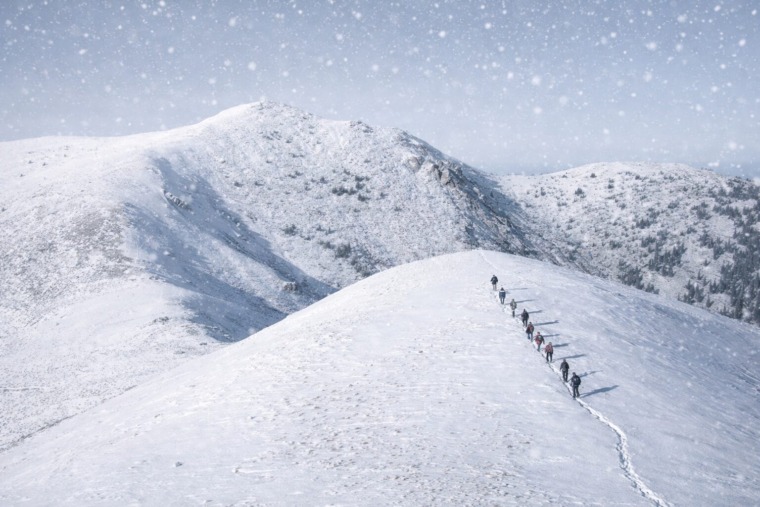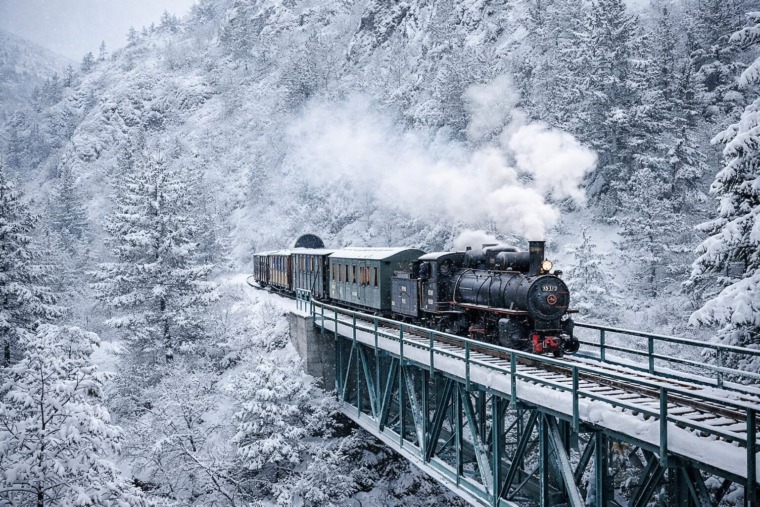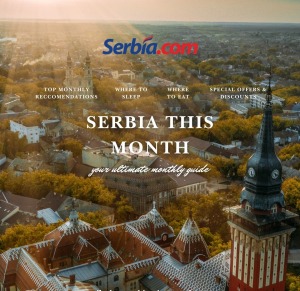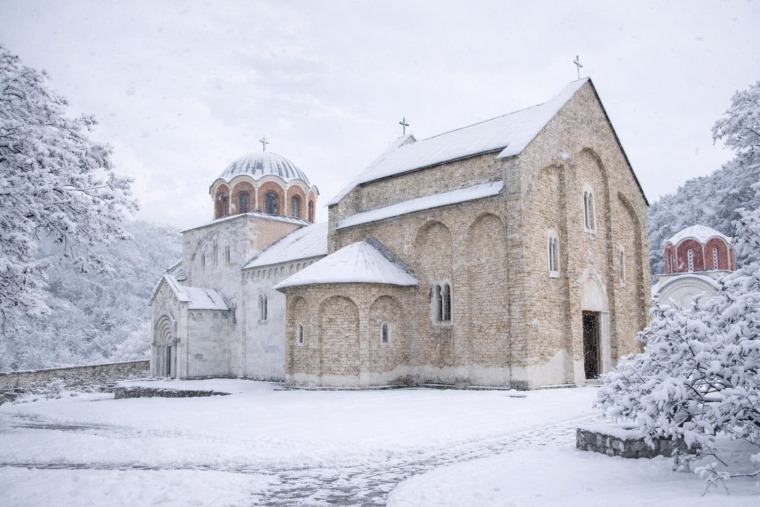
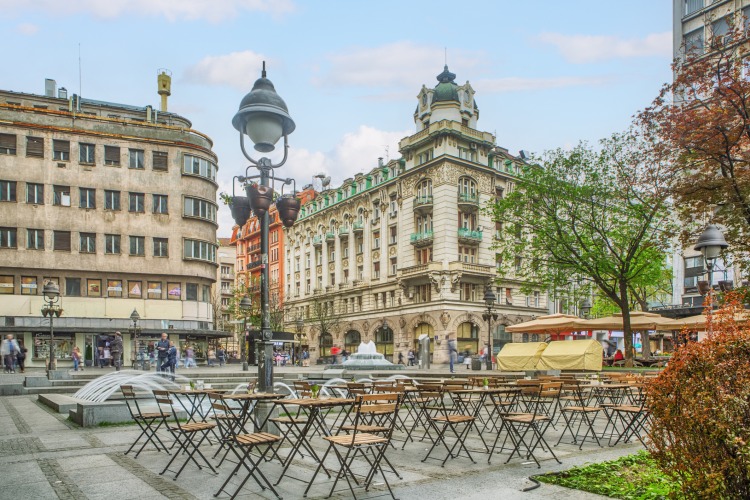
If there’s a place in Belgrade that reveals the city’s history, spirit, art, and its modern rhythm—all at once—it’s Dorćol. From ancient Roman streets and Ottoman alleyways, to hip cafés, galleries, and late-night bars, Dorćol is both the Belgrade of the past and the Belgrade of the future.
A Brief History of Dorćol
The name “Dorćol” comes from the Turkish word dörtyol, meaning “four roads” or a crossroads. During Ottoman times, it was one of the most important trading hubs in the region. Over the centuries, Dorćol evolved, yet always remained a meeting point—of cultures, languages, and people. Jews, Serbs, Turks, Germans, and Greeks all left their mark here—in the cobbled streets, the old buildings, and the very language of the neighborhood.
Landmarks Woven into a Walk Through Dorćol
Walking through Dorćol is like flipping through the most treasured chapters of Belgrade’s past. Begin, perhaps, at Kalemegdan, the ancient fortress overlooking the confluence of the Sava and Danube Rivers. Its towering walls have seen empires come and go, and its view still takes your breath away.
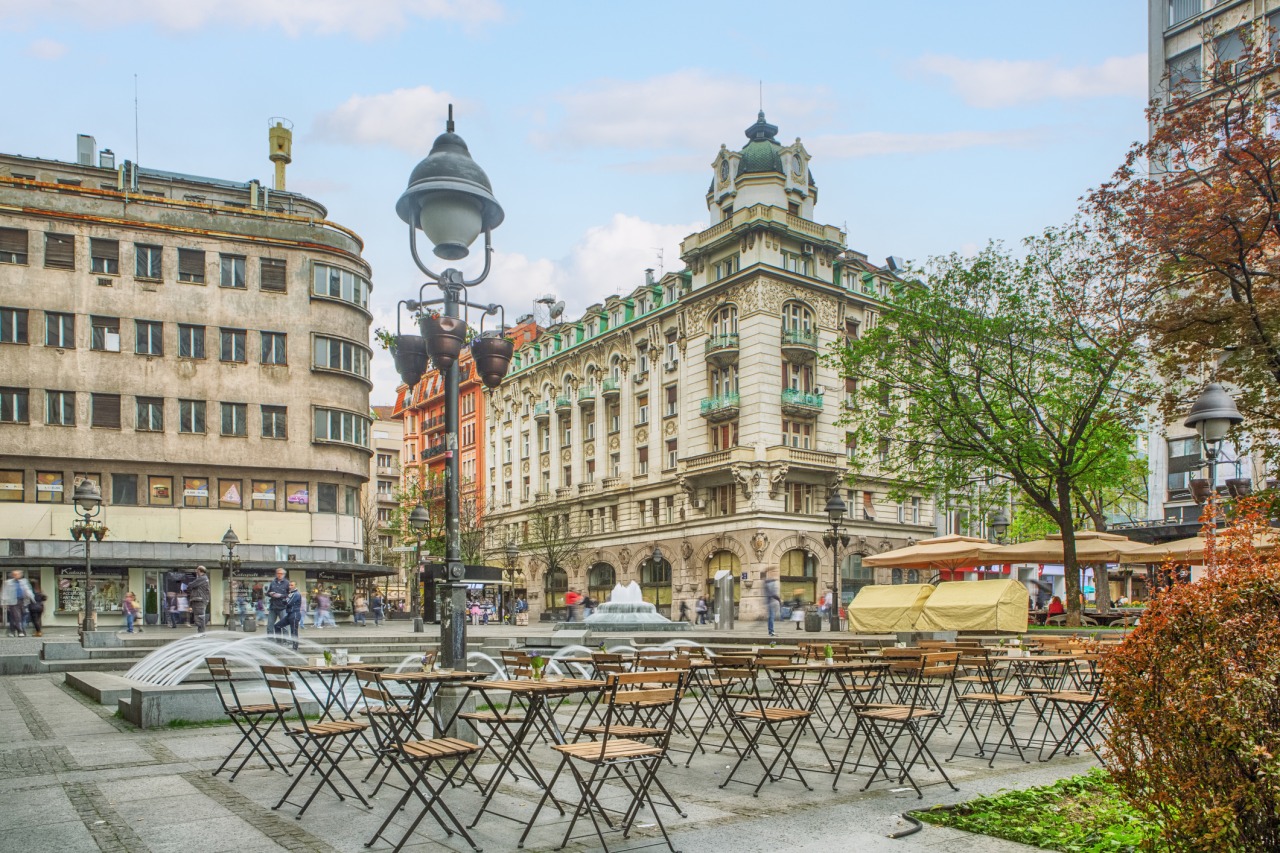
Just beneath the fortress lies the Belgrade Zoo, one of the oldest in Europe—an urban jungle tucked into the heart of the city. Wandering back toward the center, you’ll encounter the elegant Church of Saint Michael the Archangel, whose golden domes shine quietly over the city. Nearby stands the Patriarchate, and just around the corner is the modest but essential Museum of Vuk and Dositej, once a school, now a tribute to Serbia’s greatest reformers and educators.
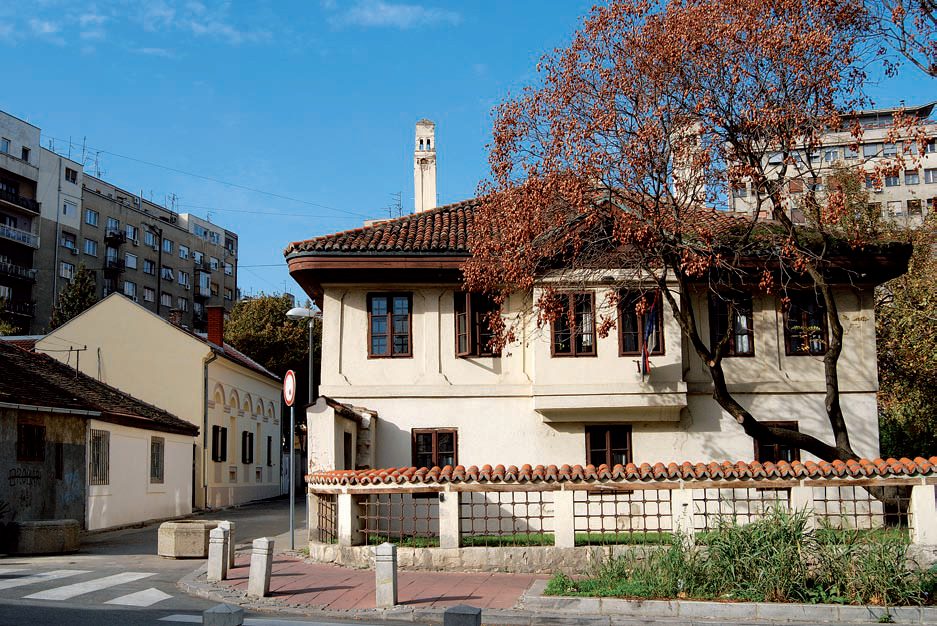
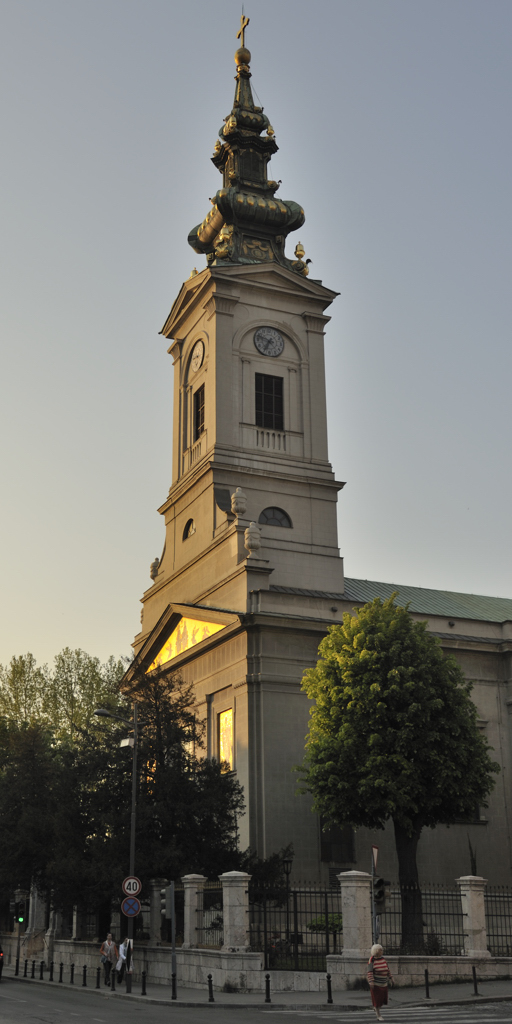
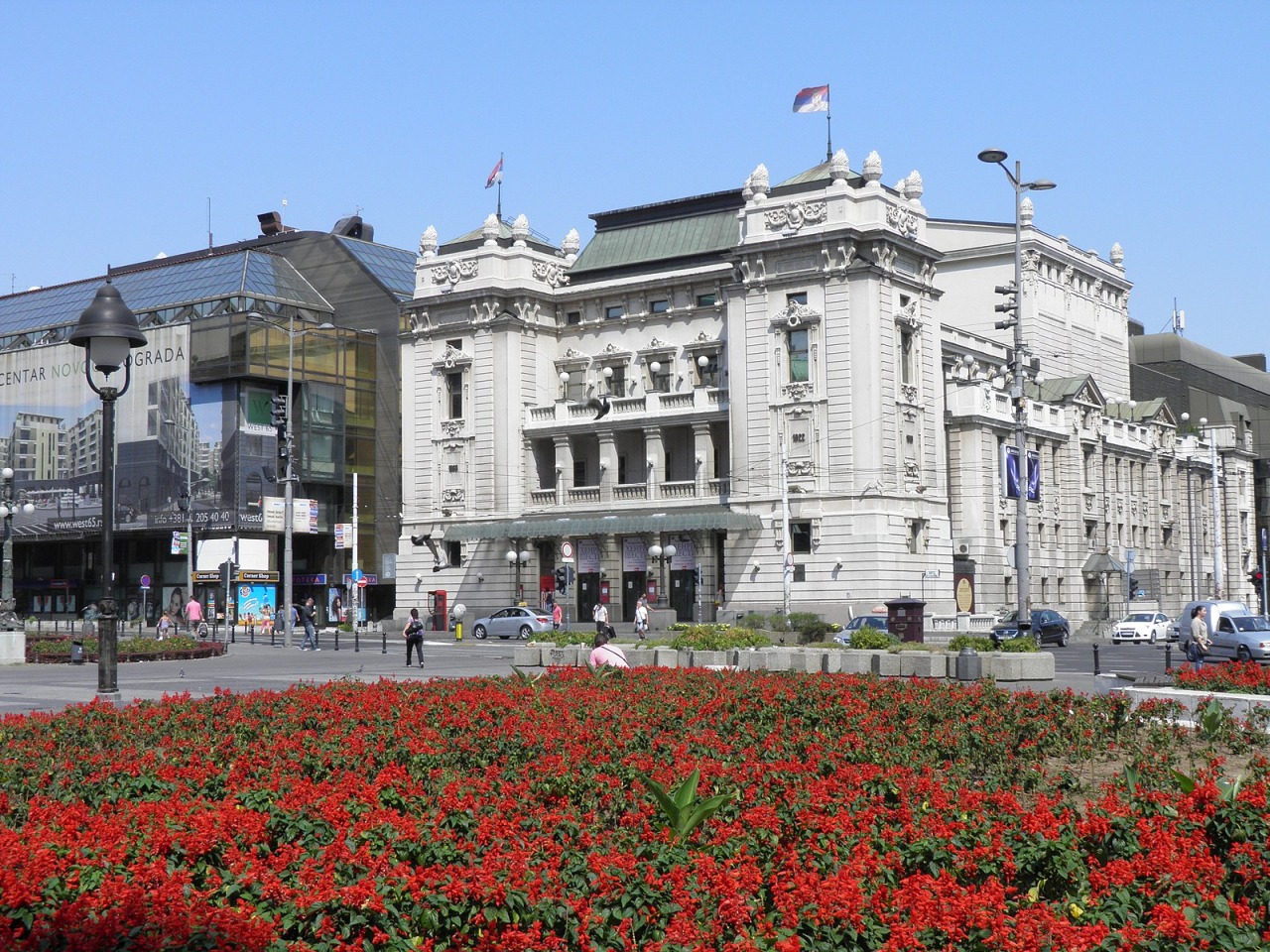
From there, stroll down Kosančićev Venac, one of Belgrade’s most charming quarters. Cobblestones underfoot, artist studios tucked behind wooden doors, and distant river views—this is a part of the city where time gently slows.
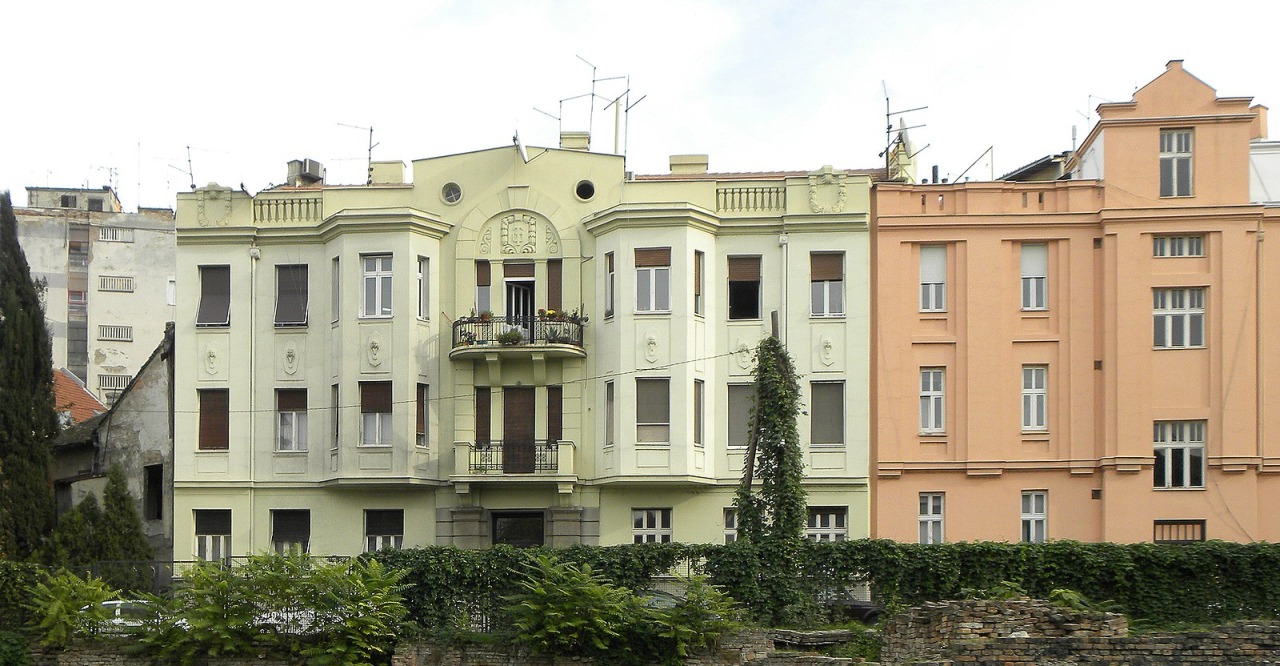
A few steps more, and you’ll find yourself at Republic Square, the bustling heart of modern Belgrade. Here stand the National Museum and National Theatre, two icons of Serbian culture. Nearby begins Knez Mihailova Street, a pedestrian promenade of 19th-century architecture, galleries, and shops. And just off that main route, a hidden passage leads into Skadarlija—the bohemian soul of the city, where music flows as freely as wine.
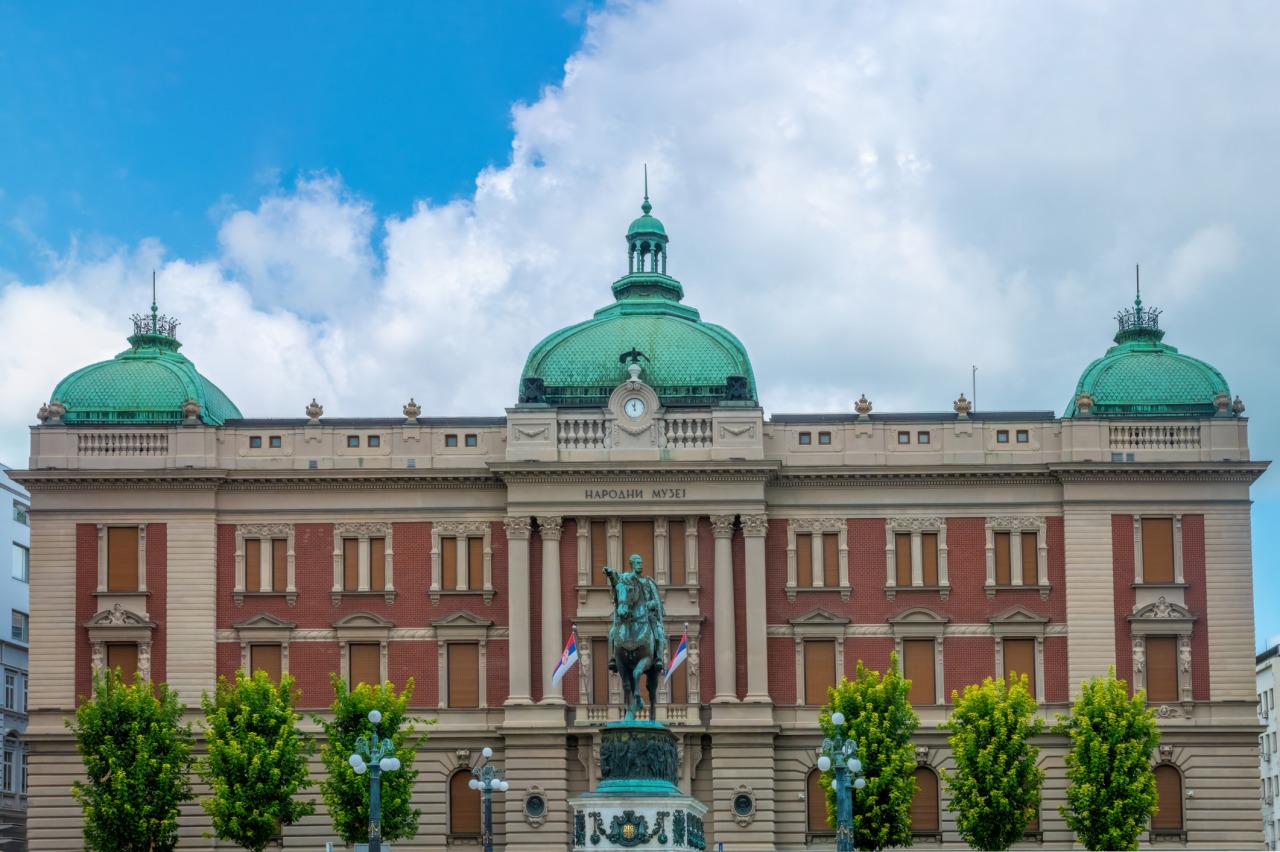
Continue onward and you’ll discover Bitef Theatre, housed in a former industrial space. Bold and avant-garde, it stands as a testament to Dorćol’s constant transformation—and its fearless creativity.
The Indescribable Charm of Dorćol
Dorćol’s charm can’t be pinned down—it can only be felt. It lingers in the quiet of morning courtyards, in the sound of footsteps on stone, in buildings that carry the scent of past decades. It hides in the old artisan shops of Balkanska Street, where candymakers still pull caramels by hand, tailors work beneath antique lamps, and hatmakers shape felt like sculptors.
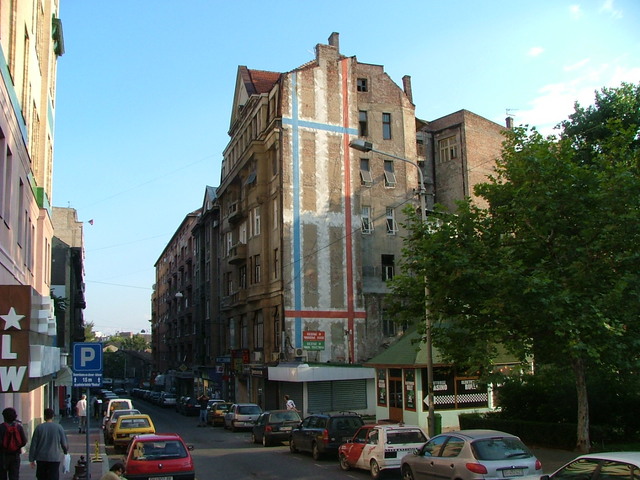
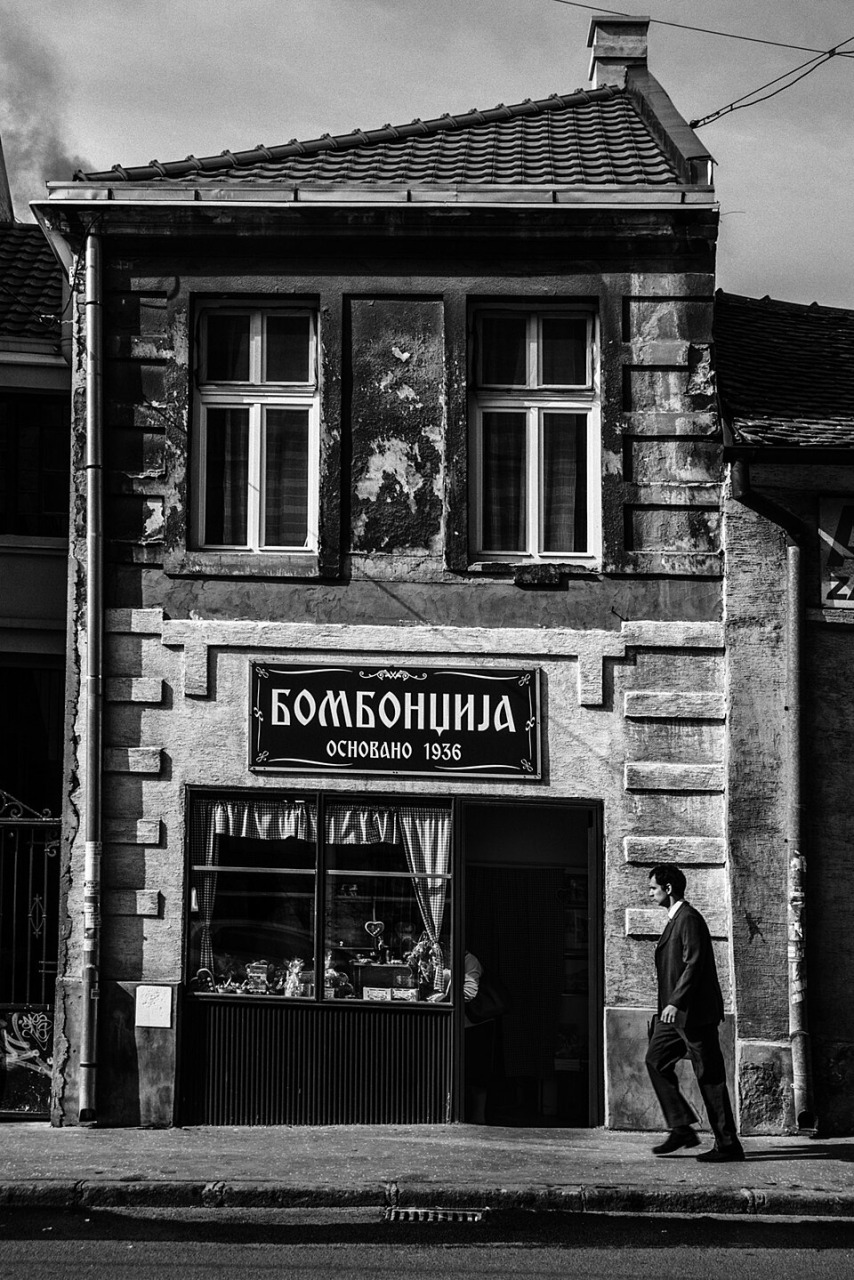
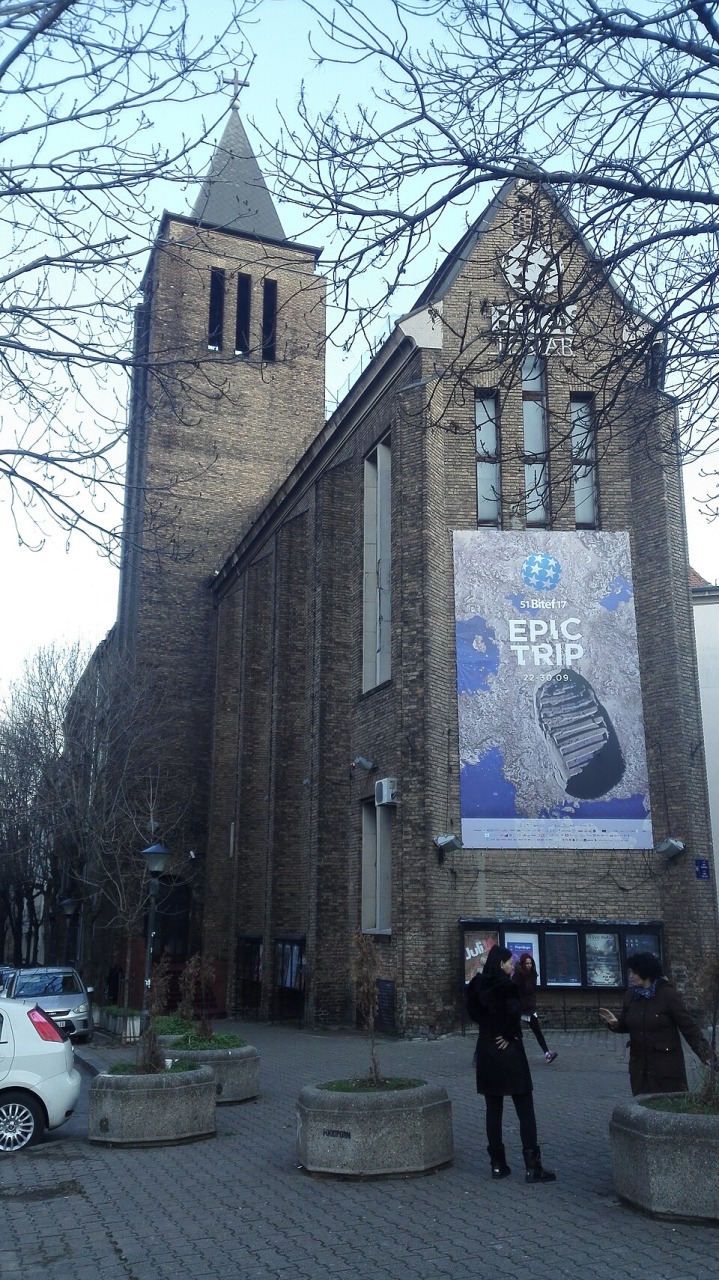
There are no big signs or billboards here, but there’s plenty of soul. Dorćol is the part of Belgrade that looks you straight in the eye. Where bakeries still smell like your childhood. Where you can sip coffee in a tavern, a concept café, a courtyard or an art studio—and every time, it feels authentic.
Dorćol at Night: Between Bohemia and the New Urban Pulse
As night falls, Dorćol finds a different rhythm. From quiet courtyard bars lit by lanterns to jazz sessions in Cetinjska Street, the neighborhood reveals its second self.
Cetinjska 15 remains the core of the alternative scene—underground clubs, pop-up performances, independent art. But over the past few years, the nightlife has expanded.
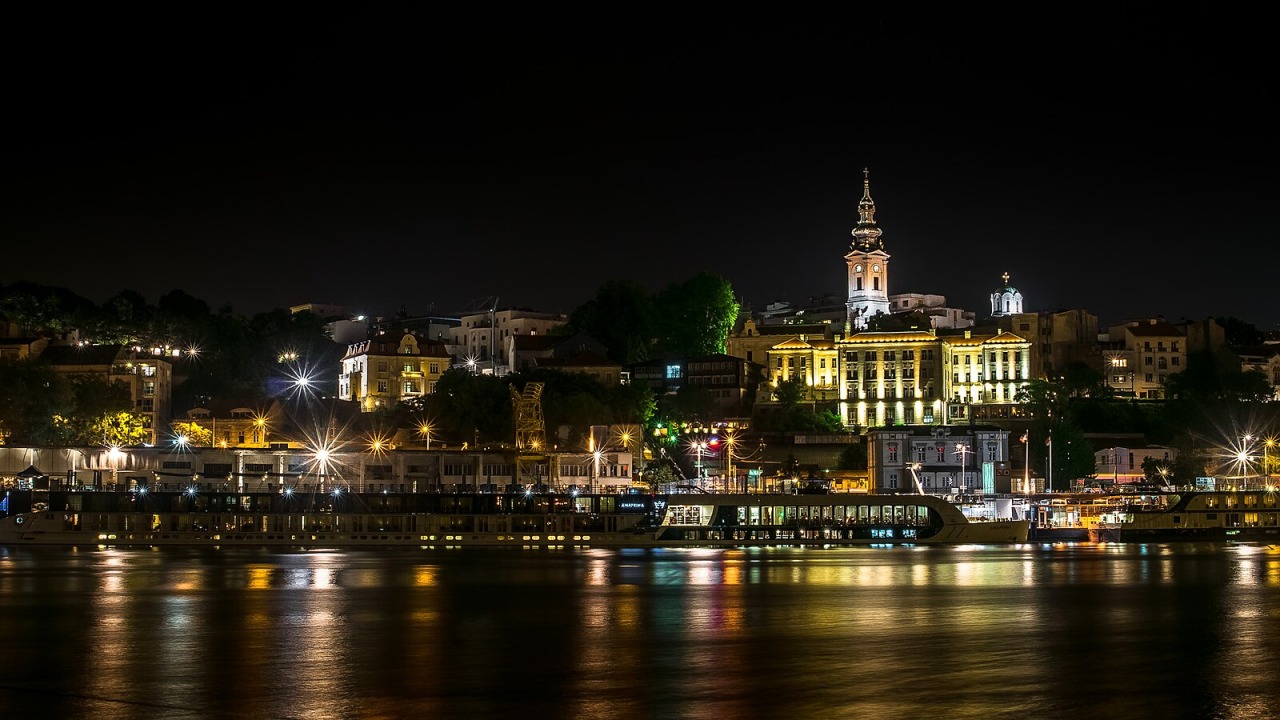
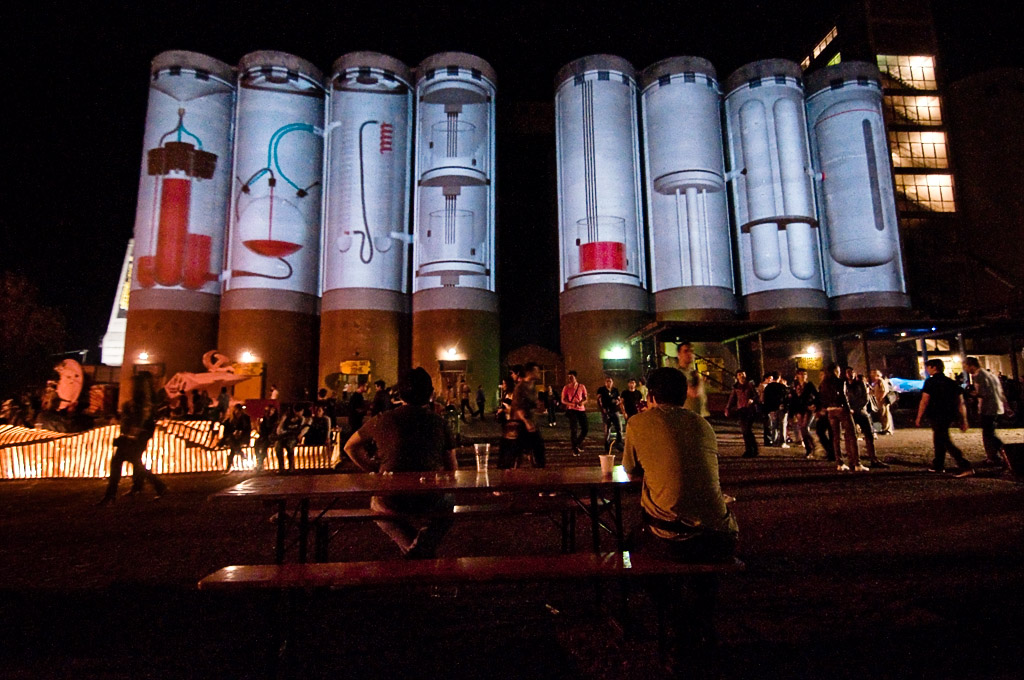
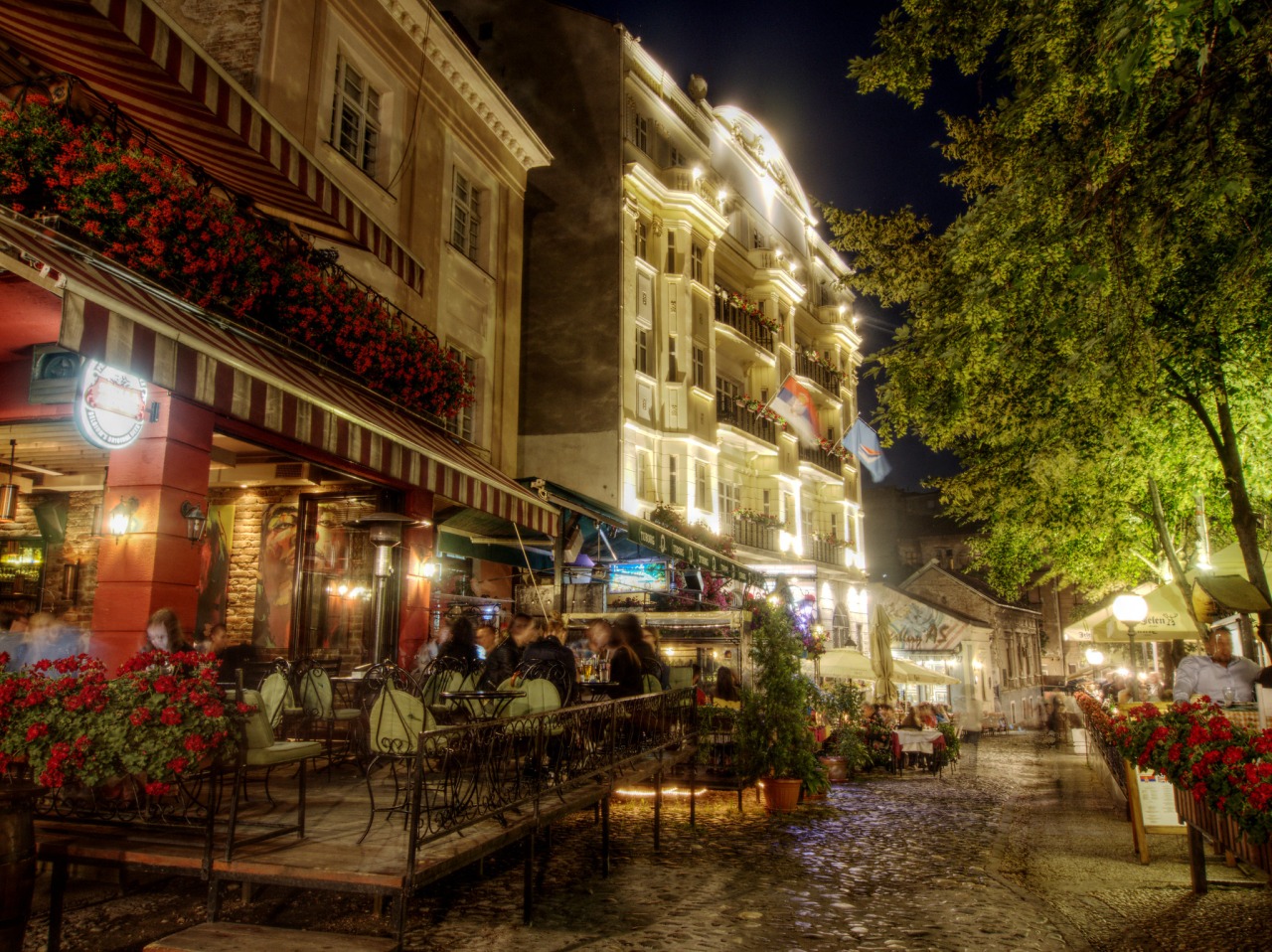
Jeremy Seto, Flickr.com
Down by the river, in the shell of an old industrial complex, the Silosi have become a hotspot for electronic music, concerts, festivals, and open-air events. A bit further, you’ll find Gastrošor, a newly developed area full of restaurants, bars, and urban energy—a place to eat well, meet people, and stay until late without ever checking the time.
Dorćol isn’t just about going out—it’s about being part of something. It’s where conversations turn into projects, and music turns into memory.
Why Visit Dorćol?
Because Dorćol is living history, breathing art, and a city within a city. Here, you can be both traveler and local, observer and participant. You can visit a fortress, then wander into a gallery. Drink rakija in a traditional tavern, and espresso in a sleek café. You can get lost—and wish to never leave.
Dorćol isn’t just a neighborhood—it’s a feeling.
Once you feel it—you’ll always come back.
Related Articles

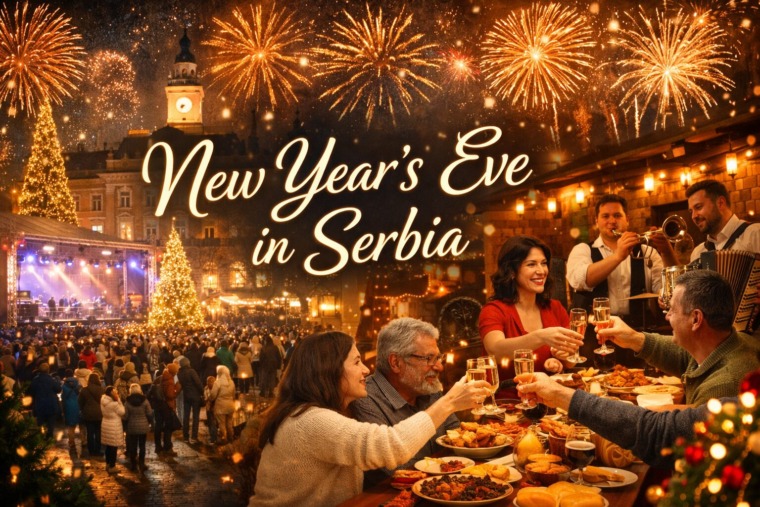
From Fireworks to Family Dinners: New Year’s Eve Across Serbia
December 31, 2025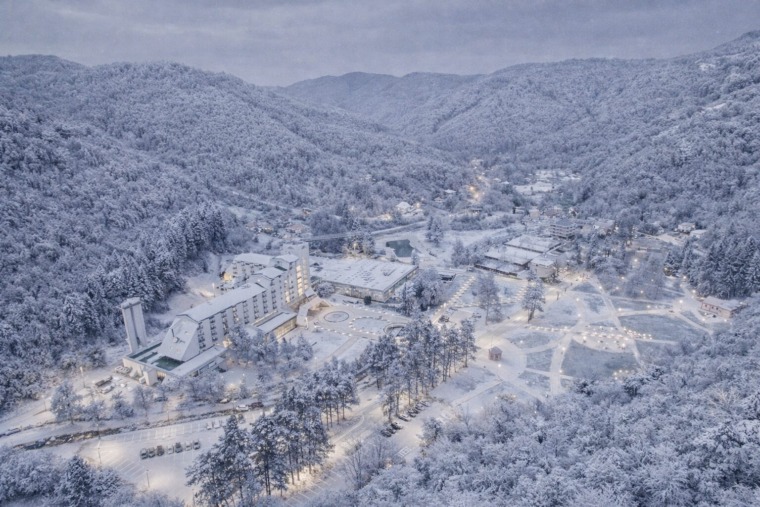
Kuršumlijska Banja: Serbia’s Quiet Winter Spa Escape
December 30, 2025
Novak Đokovic Receives Special Globe Soccer Award in Dubai
December 29, 2025

